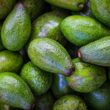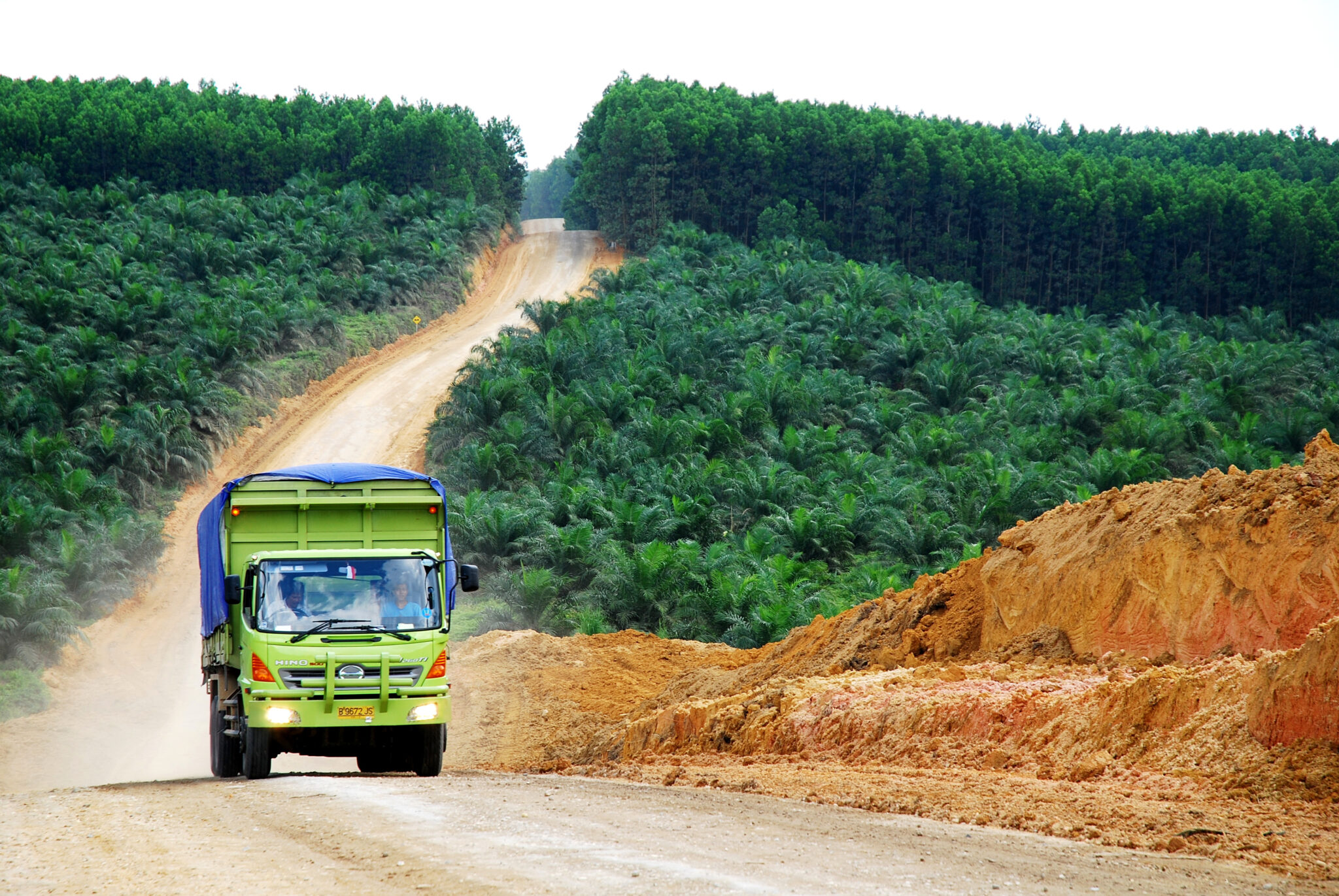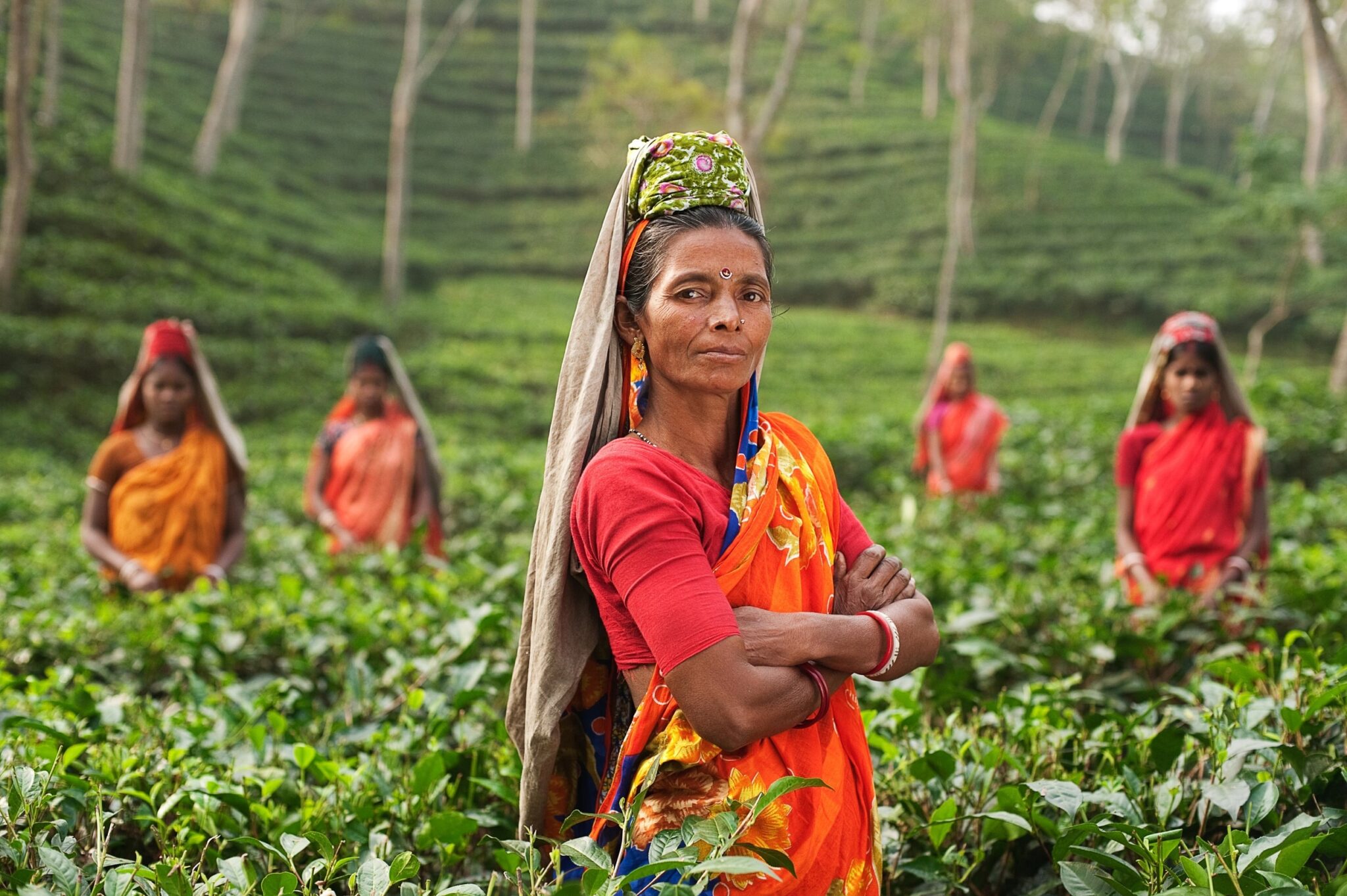What Is Palm Oil Deforestation?
Palm oil is the most widely traded vegetable oil on the planet. It is also one of the most controversial commodities on the market in terms of sustainability and environmentalism. Palm oil is produced from the fruit of oil palm trees (Elaeis guineensis), which grows in humid tropical climates.
Despite being the most productive and cheapest oil crop due to its high productivity, an increasing number of companies are now eliminating palm oil from their products and labeling. And what is the main reason behind this seemingly illogical decision of not using the cheapest and most productive edible oil? The answer is the major links between the production of palm oil and deforestation in highly diverse and biologically rich ecosystems.
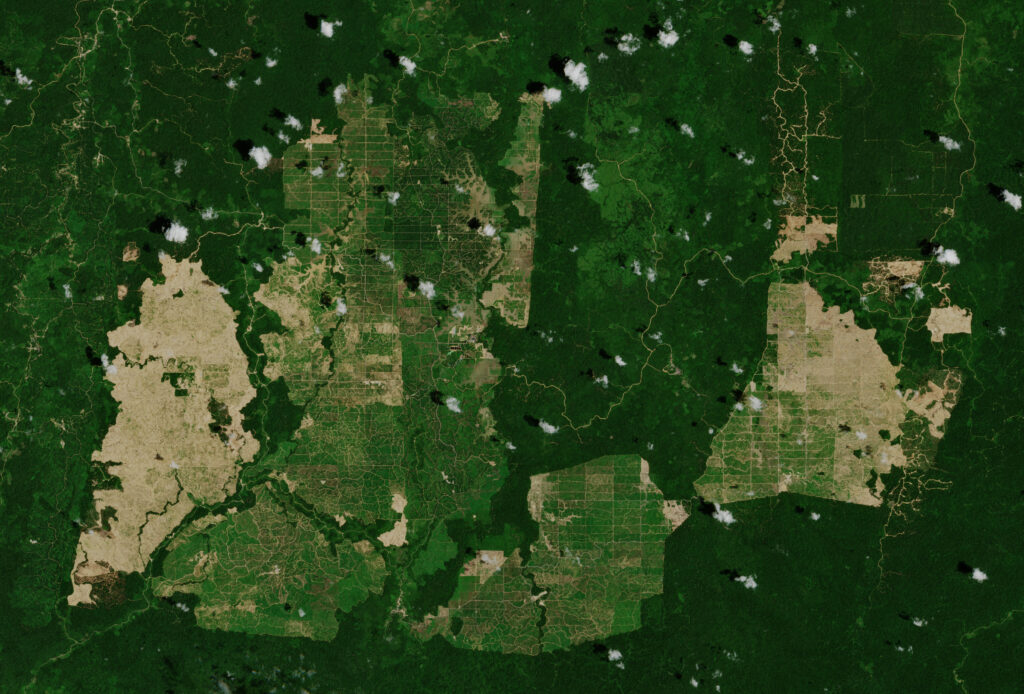
When And Where Did Palm Oil Deforestation Start?
To understand why large areas of rainforests are being torched or cut down to make room for oil palm tree cultivation, we need to first understand how it all started.
Oil palm trees were brought to the South-East Asian countries of Indonesia and Malaysia from their native habitat in West Africa just over 100 years ago. Although brought initially as an ornamental plant, the oil palm was quickly used to produce vegetable oil from its fruits. Very soon the local traders, exporters, and international industry realized the potential gains from cultivating the highly productive palm, and deforestation began in the tropical rainforest islands, where pristine primary forests were being cleared to establish large palm tree plantations. However, the rates of deforestation accelerated as the demand for palm oil sky-rocketed in the last quarter of the 20th century.
In the 1960s, the scientific community pointed out the health risks of high saturated fat which was followed by even unhealthier trans-fat in the 1990s. Palm oil was the best-fitting alternative to using hydrogenated fats thus fitting the needs of the food industry.
Palm oil can also be used in the production of oleochemicals or bioindustrials. Soon enough, a similar trend followed across diverse industries from the personal care products industry to transport fuel (biodiesel and biofuels). All this increased demand was coupled with the introduction of African pollinating weevils to massively increase production. This further increased the rates of natural rainforest deforestation to an alarming rate.
The WWF reports that around 90% of the world’s oil palm trees are grown on a few islands in Malaysia and Indonesia, islands that were covered with rich rainforest biodiversity not long ago.
Palm Oil Deforestation In Present Times
Although environmental concerns are being raised regarding palm oil production and consumption, the annual production of palm oil has been climbing steadily for decades. Disturbingly large areas of forests are still being cleared to date, producing critical amounts of South Asian haze.
Moreover, due to the increasing demand for palm oil, oil palm trees are being introduced in even more countries across several continents. Asian, African, and Latin Americas countries lying on the tropical belt are experiencing alarming rates of deforestation fuelled by expanding palm tree cultivation. Prime examples: Colombia, Guatemala, and Peru.
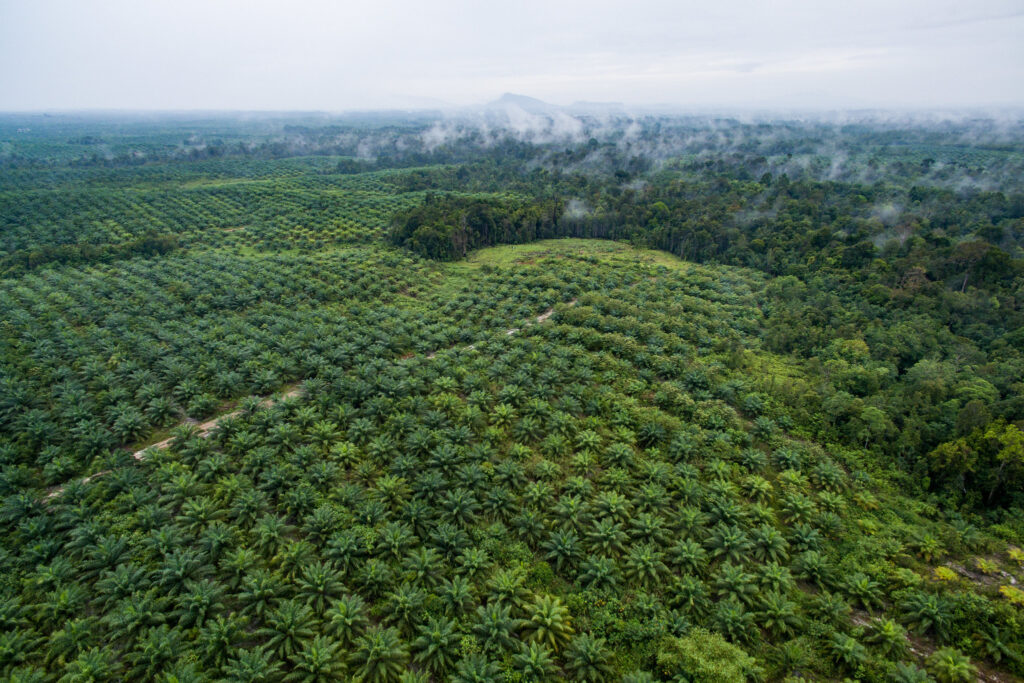
Why Does Palm Oil Cause Deforestation?
The main reason palm oil causes deforestation is its ecological habit. Palm oil monoculture cultivations grow best in tropical and humid climates, and so do natural rainforests like the Indonesian and Amazon rainforests. As a result, much of the area currently under oil palm tree cultivation is transformed by clearing forested lands.
However, on a deeper level, the reason behind its significant contribution to deforestation can also be attributed to its other properties. Oil palm trees are perennial and evergreen that enables production throughout the year. It is so efficient that it covers only around 10% of the land used for vegetable oil production while contributing to around 35% of all vegetable oils produced. It has unique chemical and physical properties that widen its application across several industries such as food ingredients, oleochemicals, and biofuels.
Oil palm trees are perennial and evergreen that enables production throughout the year. It is so efficient that it covers only around 10% of the land used for vegetable oil production while contributing to around 35% of all vegetable oils produced.
Finally, the final product is very cheap compared to its alternative and has a large market demand all around the globe. This has directly culminated in increased production and increased deforestation.

What Are The Effects Of Palm Oil Deforestation?
The consequences of palm oil deforestation are devastating to local and regional ecosystems and have a severe effect on the global environment as well.
Loss of endangered species of fauna is considered the most immediate negative environmental effect linked with palm forest deforestation. The forests that are cut down are one of the world’s most diverse forests, home to endangered animals like orangutan, pygmy elephant, Sumatran rhino, and many more, some of which cannot be found elsewhere.
Another major environmental concern raised by palm oil deforestation is the emission of carbon dioxide and other greenhouse gases into the atmosphere. The carbon-rich peat soil and the huge deposition of carbon trapped in the diverse trees of the rainforests are released into the atmosphere which results in other environmental issues like global warming.
The carbon-rich peat soil and the huge deposition of carbon trapped in the diverse trees of the rainforests are released into the atmosphere which results in other environmental issues like global warming.
Although deforestation of primary rainforests is a major concern, other secondary forests like previously logged forests or scrubland are also being cleared because of palm forest deforestation which also adds to the emission of greenhouse gases.
The negative aspects of palm oil deforestation are not only limited to the environment. Social issues like child labor, inhumane working conditions, and minimal wages are also prevalent in rural economies.
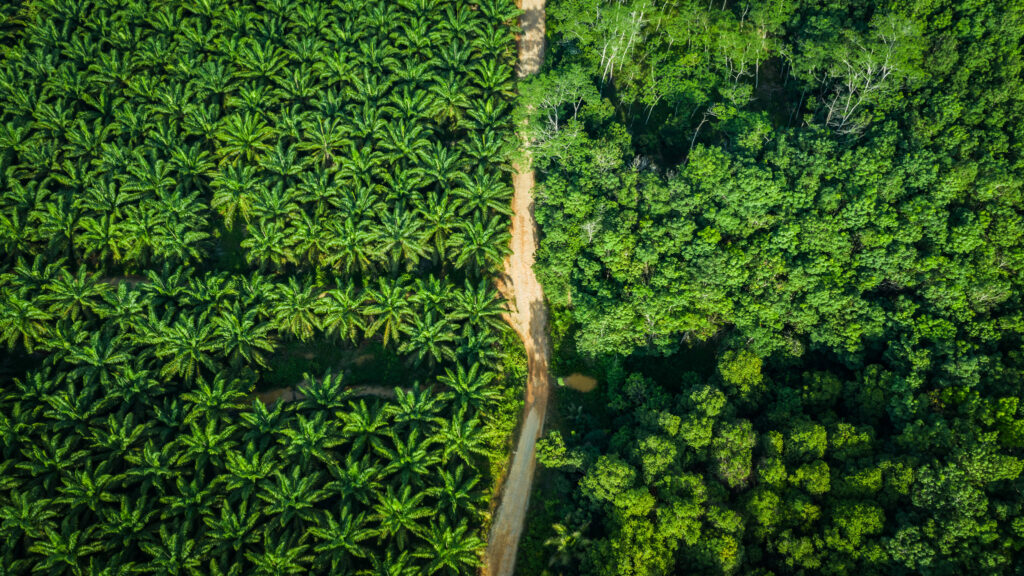
Case In Point: Indonesia
Indonesia is the world’s largest producer and exporter of palm oil and accounts for 85% of all palm oil produced globally. As the country’s top export, palm oil occupies a large part of the national economy. It has more than 10 million hectares of oil palm plantations producing over 27 million tons of palm oil a year.
The severity of the palm oil deforestation issue in Indonesia can be understood by the fact that it lost 115,459 hectares (285,300 acres) of forest cover in 2020. This, however, was a massive 75% drop from 2019, mainly attributed to the Covid-19 situation that affected the whole world and disrupted the economy. This has further increased the chances of occurrence of even more deforestation in 2021 and following years than what was occurring previously.
The consequences of palm oil deforestation in Indonesia are severe. It is estimated that over 50,000 orangutans have already died on the islands of Borneo and Sumatra because of palm oil deforestation. If this persists, they are expected to be extinct in just 20 years. Also affected are other critically endangered species like orangutans, elephants, and tigers.
The country has boosted and sustained its economy through the rapid expansion of oil palm cultivations, but it is undeniable that it has been at the cost of the loss of virtually irreplaceable forests and their biodiversity.
Featured Photo by Ryan Woo/CIFOR
Further Reading:

